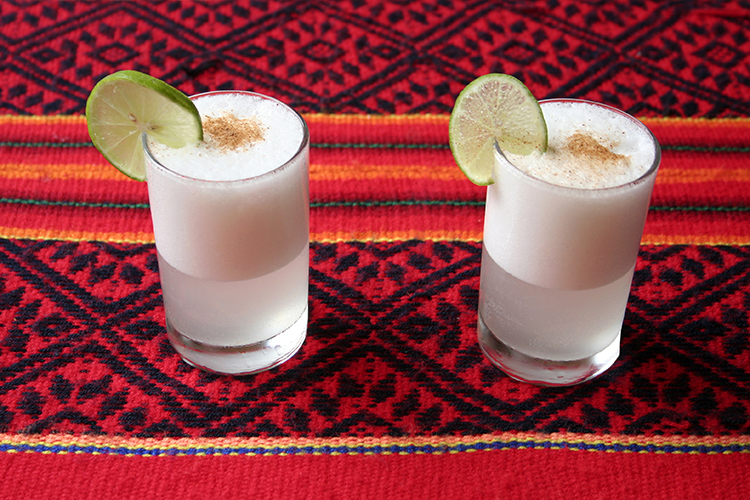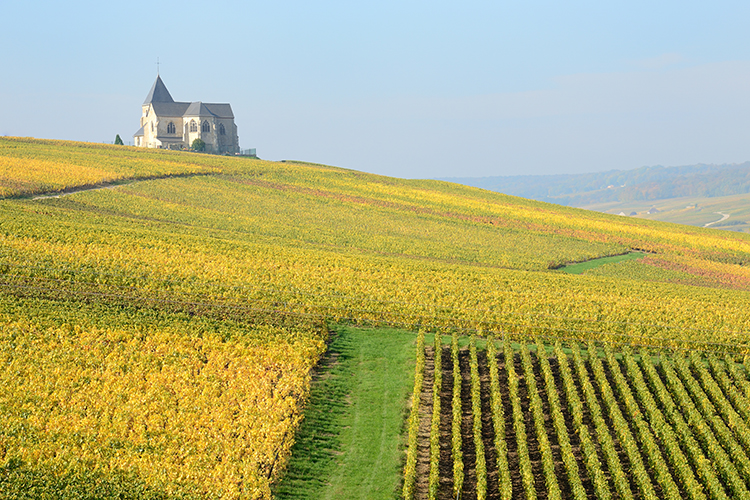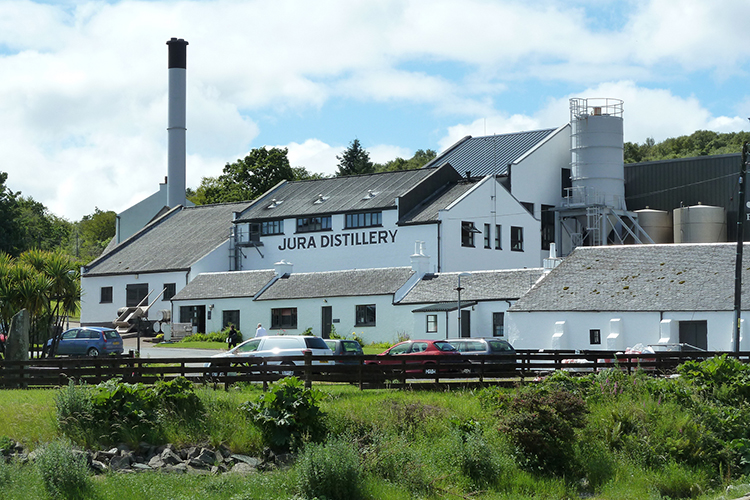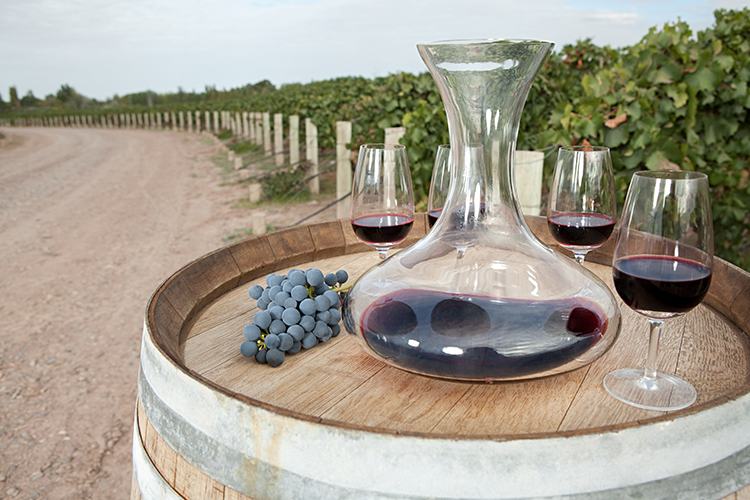Here are the ultimate boozy destinations where you’ll need never ask for a refill.

Peru’s national drink has become something of a go–to in London and New York’s hippest bars. But even the swankiest spots can’t match the pisco from Vinos de Oro, just outside the town of Chincha on the south west coast. Brewed from young fermented wine, the strong, clear spirit is made here from six grape varieties picked between March and May.
After touring through the tanks and barrels, you’ll get a chance to try neat mosto verde pisco, the strongest and purest of the bunch. If you’re not sideways after a shot of this lush, liquorice–flavoured, 40%-proof treat, then get the bartenders to whip you up a chilcano. This refreshing cocktail is made using pisco, fresh lime juice and ginger ale. For our money it’s even better than the classic Pisco Sour.
Mainland Japan has countless sake and shoju distilleries to sate your palate. But the tropical islands of Okinawa have something far more fascinating for true boozehounds: awamori. This unique take on Japan’s traditional rice wine is steeped in the islands’ exotic climate and the Chuko distillery, which opened in 1949, is the best spot on the archipelago to try it.
Made using Thai rice and mango yeast, it has a distinctly fruity flavour, reflecting Okinawa’s past as a sponge for culture from right across Asia. This is not for the faint–hearted, with the strongest awamori over 40% proof. If you’re a bit light-headed after being made to taste five different shots, then head into Naha City to nibble on tempura treats from Makishi Public Market.

Guzzling Champagne is one of life’s finer, if more expensive, pleasures. And doing so among the vines in eastern France makes the bubbly stuff taste even better. The region has plenty of industrial–sized vineyards producing wines which some aficionados suggest isn’t up to scratch.
So, for something truly special, make for the town of Mareuil Sur Ay and the maison belonging to Billecart Salmon. The oldest family–owned establishment in Champagne, dating back to 1818, the main house was used as a Nazi officers’ billet during World War II. Take a tour of the dank cellars, untouched since 1840 and try the oak–aged Brut Sous Boi. It has no added sugar and is less gassy than your usual, supermarket–bought champers. Just be sure to save hard before you roll up and start drinking.
The clamour for craft beer has gone stratospheric in the past few years, so much so that Tokyo’s Grand Hyatt Hotel even offers a beer pairing menu. However, Brooklyn remains the centre of the craft beer boom, its eponymous brewery’s ales now drunk the world over. Situated in an old warehouse in the Williamsburg neighbourhood, the brewery offers small daily tours costing $10 and limited to just 10 people.
Go on a Sunday though and you can mooch around for free and get a taste of the more unique brews being pumped from the vast tanks out back. The hoppy Pennant Ale is a particular treat, as is the light Summer Ale. They’ll turf you out at 6pm, so pick up a six–pack and watch the sun go down over Manhattan from nearby East River State Park.

The island of Islay has garnered a reputation for producing some of Scotland’s finest single malt. But the distillery in Jura’s main village of Craighouse produces whisky every bit as good as any from its famous neighbour. Originally built by the Campbell family in 1810, the distillery fell into ruin and wasn’t reopened until 1963, under the supervision of some thirsty locals. Tours are free and run all year round.
Once inside, you’ll get to try the huge variety of whiskies on offer, including the sweet–tasting 10-year-old. However, you’ll need to sweet talk your guide into giving you a nip of the Jura 1984 Vintage: the distillery released a small batch of its malt – casked in 1984 and bottled 30 years later – to create a limited edition in honour of George Orwell, who wrote his classic dystopian novel on the island. His house still stands at the northern tip of Jura.
While most visitors to Germany are happy to quaff some of the world’s finest pilsners, Frankfurt does a particularly impressive line in something much more sweet: apfelwein. This German take on cider is found all over the financial city, but the best spots are tucked away in the historical district of Sachsenhausen.
Make your way to Lorsbacher Thal for their strong, dry, flat and fruity tipple, brewed in casks in the tiny basement. Just remember to order pig knuckles and sauerkraut so it doesn’t go straight to your head. If you’re still standing, grab a bottle to go and take a sunset boat tour along the Main.

Argentina’s Mendoza region is arguably South America’s hottest destination for wine drinkers. But you don’t need to know your terroir from your tannins to enjoy a glass or three here. Tours to the Valle de Uco and Lujan de Cuyo are easily sorted in Mendoza City. Ampora Wines offers a particularly good insight into the latter, with a $185 (USD) tour taking in three wineries before a pairing lunch eaten outside in the shadow of the Andes.
Be sure to try the hard-to-find, deep and flavourful Cabernet Franc and ask for a refill of the super smooth Susanna Balbo 2012 Malbec. The sommeliers are certainly not shy when pouring. If you can rouse yourself after a day of drinking, watch the world go by back in the city’s pretty Plaza Independencia.